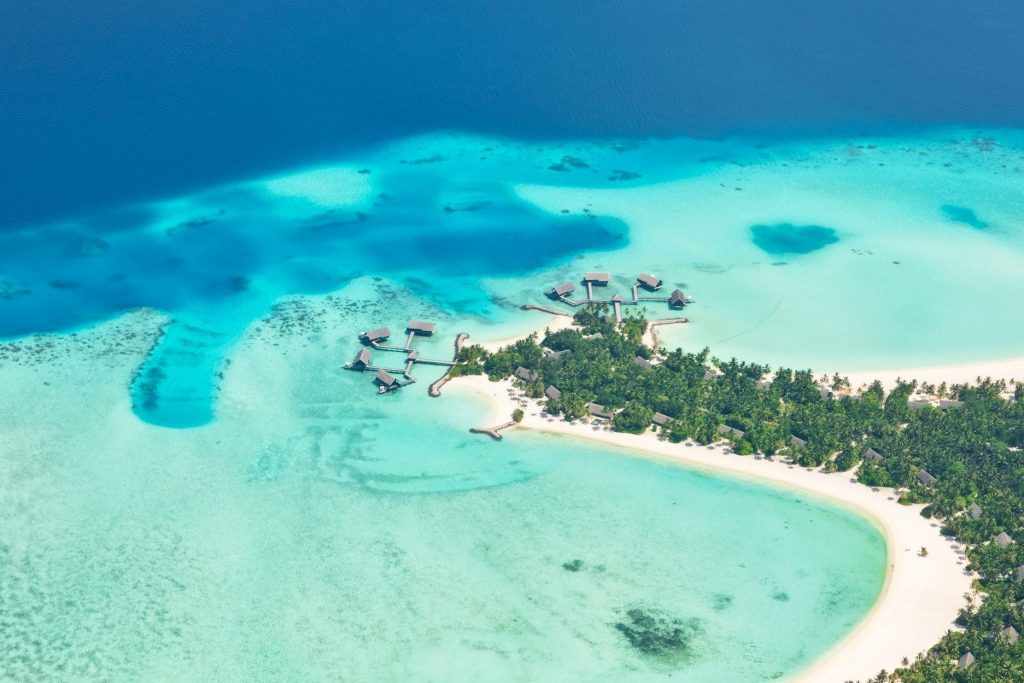When You Don't Have Any Domestic Tourism to Rely On: Maldives as a Pandemic Case Study

Skift Take
The coronavirus pandemic has underscored Maldives’ tourism vulnerability. How this Indian Ocean nation strategizes its recovery path in the days ahead could be a good case study for other small island nations heavily reliant on foreign tourist dollars.
Small island nations around the world are feeling the devastating fallouts of the coronavirus pandemic, and probably none the more so than the Maldives in the Indian Ocean.
A prime luxury holiday destination, the Maldives is highly reliant on tourism for its foreign exchange earnings, with the sector accounting for nearly two-third of the Maldives’ GDP according to World Bank's estimates.
When the country’s first two cases of coronavirus were confirmed to have spread from an Italian tourist who stayed at Kuredu Resort & Spa in early March, the entire hotel as well as the island were locked down to contain the virus spread.
Get the Latest on Coronavirus and the Travel Industry on Skift's Liveblog
Locking down islands to contain the spread of coronavirus became a key tactic used by the Maldivian authorities, while flight routes were also suspended, widespread testing conducted, and several luxury resort islands turned into quarantine facilities. The Maldivian President Ibrahim Mohamed Solih subsequently announced a blanket suspension of its free on-visa arrival for all nationalities and closed its borders to incoming tourists, bringing the once-lucrative tourism sector to a standstill. Bilateral Agreements Come Into Play Without a domestic tourism market, the Maldives may be staring down a harder recovery path than other countries as it seeks to find a right approach to reopening its tourism-reliant economy without jeopardizing public health. Rely